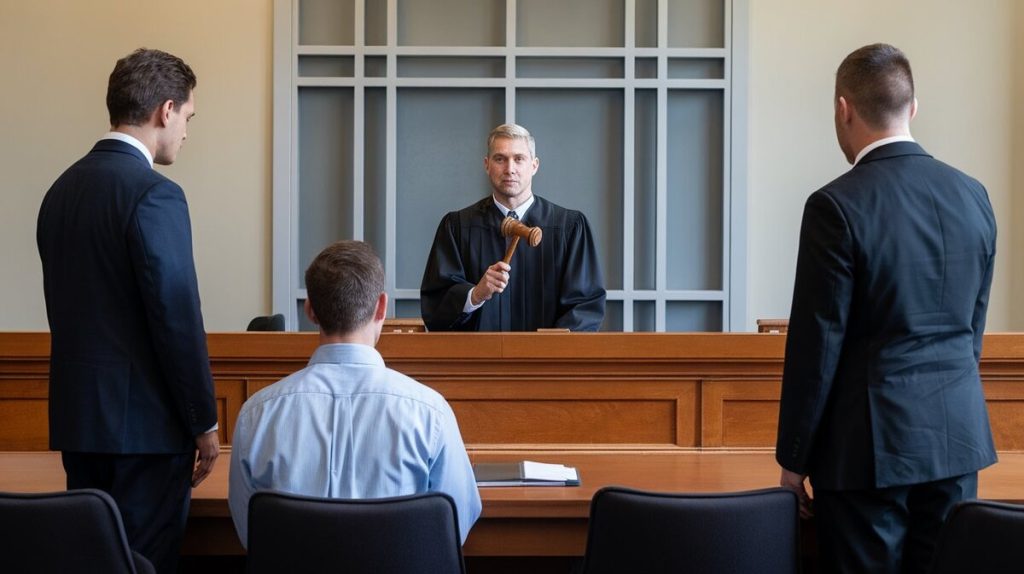Chargebacks are a serious issue for merchants, costing them billions annually. Winning chargeback disputes is essential to avoid lost revenue and maintain good standing with payment processors. Here’s a practical guide on how to navigate and win these disputes.
Understanding the Chargeback Process
A chargeback happens when a customer disputes a transaction, leading their bank to reverse the charge. The process is often initiated due to claims of fraud, non-receipt of goods, or dissatisfaction with a product. Studies show that 60% of chargebacks stem from “friendly fraud,” where customers dispute legitimate transactions.
The Chargeback Process includes:
- Dispute Initiation: The cardholder disputes a transaction.
- Investigation: The issuing bank investigates the dispute.
- Notification: The merchant is notified of the chargeback.
- Representment: The merchant disputes the chargeback by providing evidence.
- Final Decision: The issuing bank decides to reverse or uphold the chargeback.
| Stage | Action | Timeline |
|---|---|---|
| Dispute Initiation | Cardholder disputes a transaction | 45-120 days |
| Investigation | Issuing bank investigates | 30-45 days |
| Notification | Merchant is notified | 5-7 days |
| Representment | Merchant submits evidence | 7-21 days |
| Final Decision | Issuing bank reviews evidence | 4-6 weeks |

Key Steps to Win a Chargeback Dispute
Winning a chargeback dispute requires precise action and strong evidence. Follow these steps:
Step 1: Identify the Reason Code
Each chargeback comes with a reason code that indicates why the transaction is disputed. This code dictates the type of evidence you need. For example, a fraud-related code requires evidence of identity verification, such as AVS and CVV matches.
Step 2: Gather Evidence
Evidence is crucial. Depending on the transaction type, provide:
- Proof of Delivery: Signed delivery receipts or tracking info.
- Communication Logs: Emails, chats, or calls showing the transaction’s legitimacy.
- Transaction Records: Invoices, order confirmations, and payment receipts.
For digital goods, IP address verification and login activity are effective. Mastercard notes that well-documented cases with strong evidence have a 45% higher success rate.
Step 3: Write a Rebuttal Letter
A rebuttal letter should be:
- Clear and concise.
- Focused on the facts.
- Directly addressing the reason code.
- Supported by key evidence.
Step 4: Meet Deadlines
Respect deadlines. Missing a deadline can lead to automatic loss. Submit evidence early—Visa suggests at least three days before the final deadline.
Step 5: Follow the Representment Process
During representment, resubmit the transaction with supporting evidence. If evidence is strong, the bank may reverse the chargeback. If not, the chargeback stands.
Step 6: Evaluate Return on Investment (ROI)
Before fighting a chargeback, assess the ROI. If the cost of disputing exceeds the chargeback amount, consider accepting the loss, especially for low-value transactions.
| Chargeback Reason Codes | Example Reason | Required Evidence |
|---|---|---|
| 30 – Services Not Rendered | Service not provided | Service agreement, proof of completion |
| 53 – Merchandise Not Received | Product not delivered | Shipping records, delivery confirmation |
| 83 – Fraudulent Transaction | Unauthorized transaction | AVS/CVV match, IP address, customer identity |

Proactive Measures to Prevent Chargebacks
Preventing chargebacks is better than disputing them. Here are some effective strategies:
- Clear Communication: Ensure product descriptions are accurate and policies are clear to prevent misunderstandings.
- Robust Customer Service: Resolving issues through customer service can prevent chargebacks.
- Fraud Prevention Tools: Use tools like Address Verification Service (AVS) and Card Verification Value (CVV) checks to verify transactions. Braintree reports a 30% reduction in fraud-related chargebacks with these tools.
Partner with trusted payment processors like Merchanto.org, an official Visa and MasterCard partner in chargeback prevention, to manage and prevent chargebacks effectively. Learn more at Merchanto.org.
| Tool | Description | Effectiveness |
|---|---|---|
| Address Verification Service (AVS) | Verifies the address provided by the customer against the card issuer’s records | Reduces fraud-related chargebacks by 30% |
| Card Verification Value (CVV) | Ensures the card’s security code matches the issuing bank’s records | Increases transaction security |
| Chargeback Alerts | Notifies merchants of potential chargebacks before they occur | Prevents up to 40% of chargebacks |
Common Challenges and Solutions
Winning chargeback disputes involves challenges. Here’s how to handle them:
- Friendly Fraud: Occurs when customers dispute legitimate transactions. Keep detailed records and use chargeback alerts to reduce this risk.
- Complex Cases: High-value transactions or recurring billing can be harder to defend. In these cases, detailed documentation and consistent communication are crucial.
| Type | Description | Prevention Strategy |
|---|---|---|
| Friendly Fraud | Legitimate transaction disputed by the customer | Maintain detailed transaction records |
| Account Takeover | Fraudster gains control of a customer account | Implement two-factor authentication |
| True Fraud | Transaction made with stolen card information | Use AVS, CVV checks, and 3D Secure authentication |
Conclusion
Winning a chargeback dispute requires a clear strategy, strong evidence, and prompt action. Understanding the chargeback process, gathering compelling evidence, and taking proactive steps can significantly increase your chances of success.



